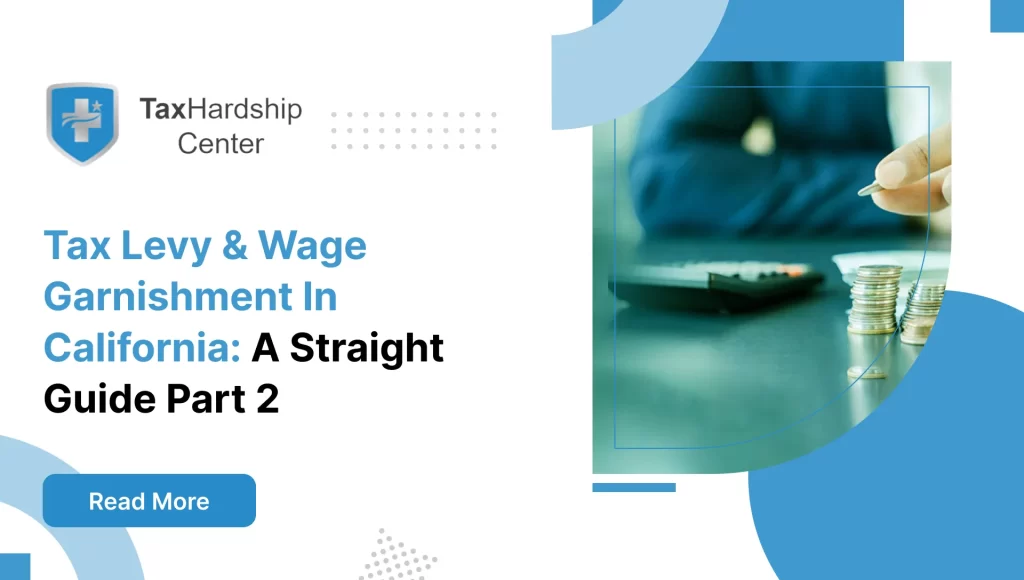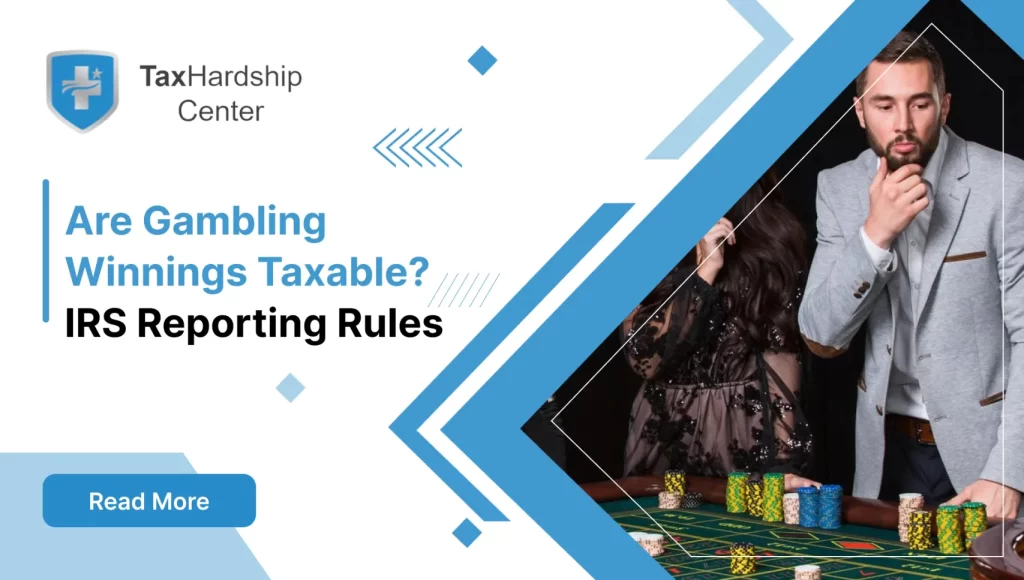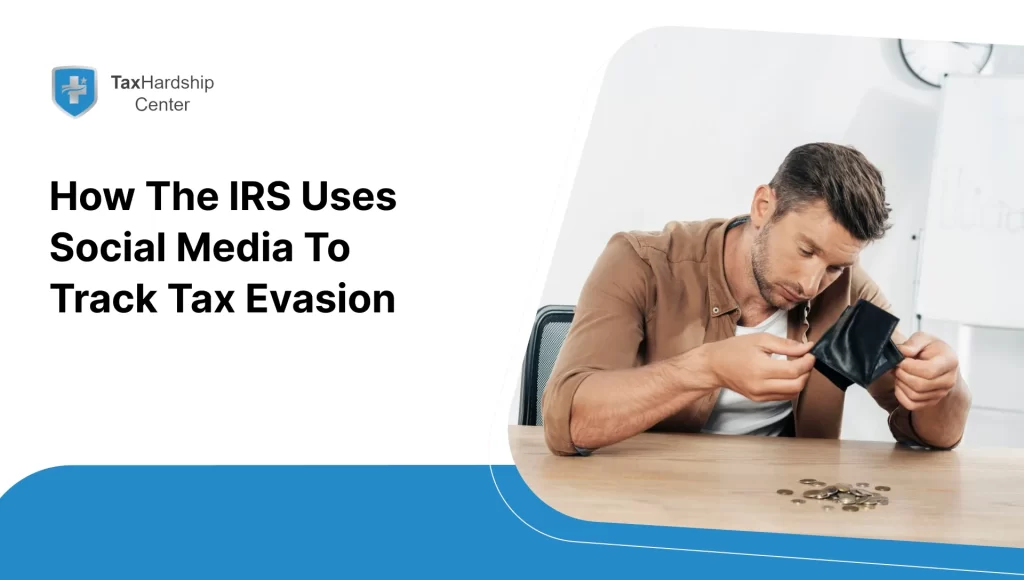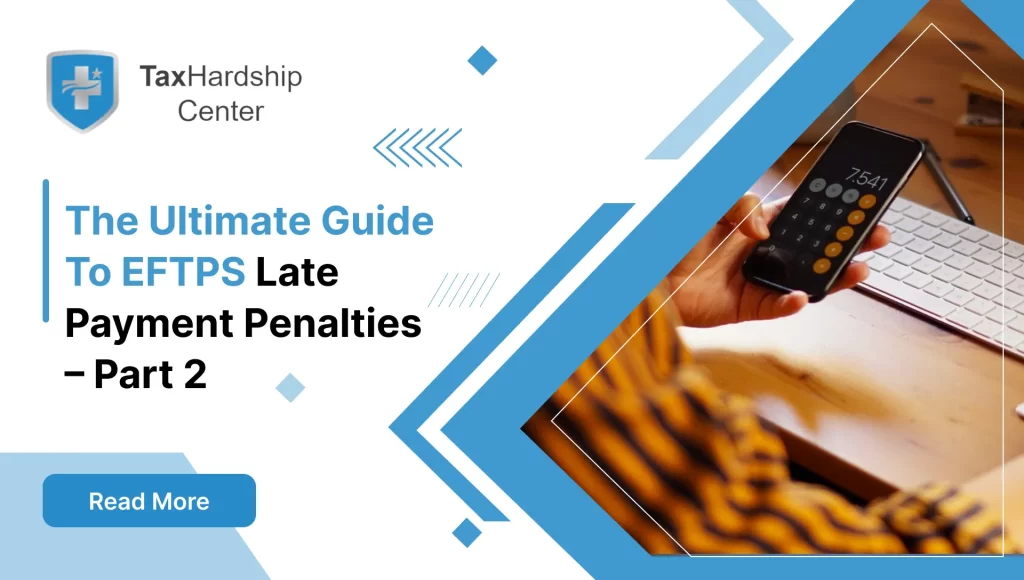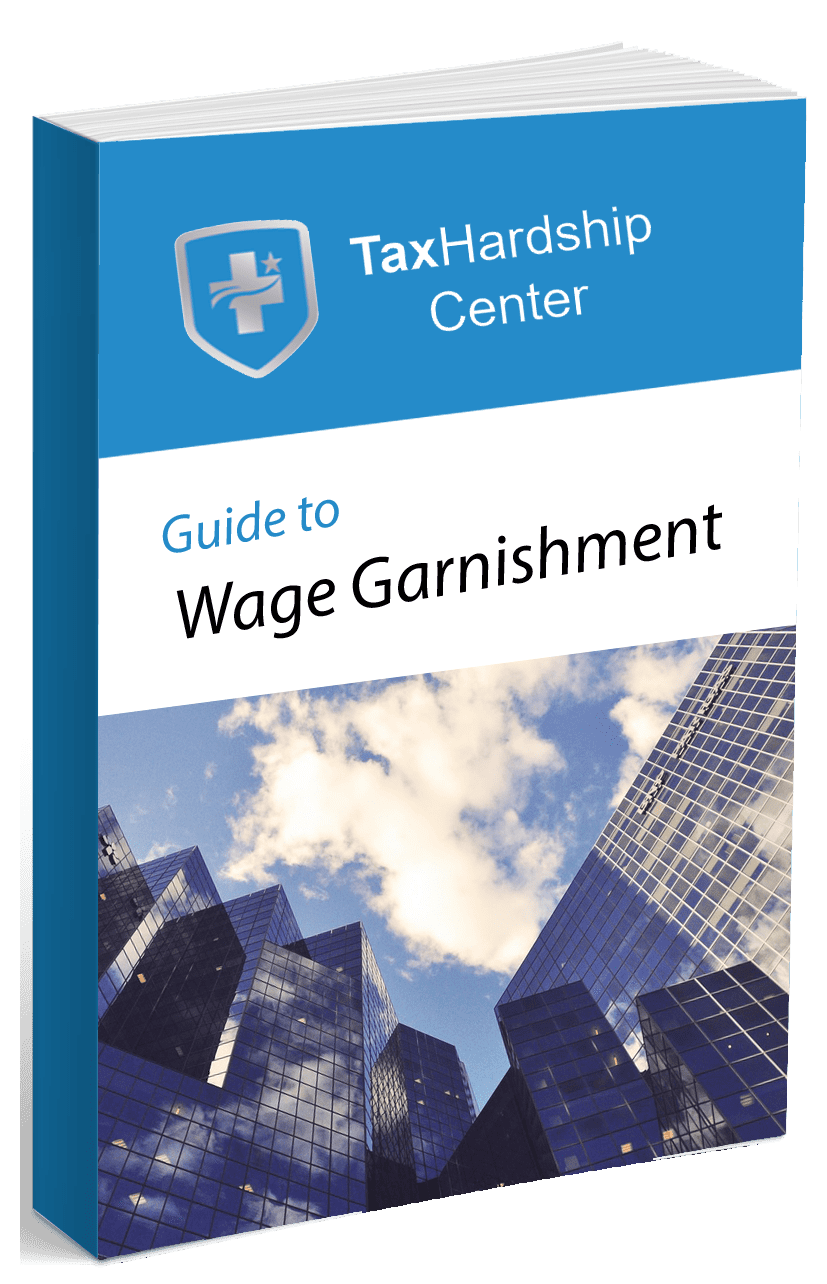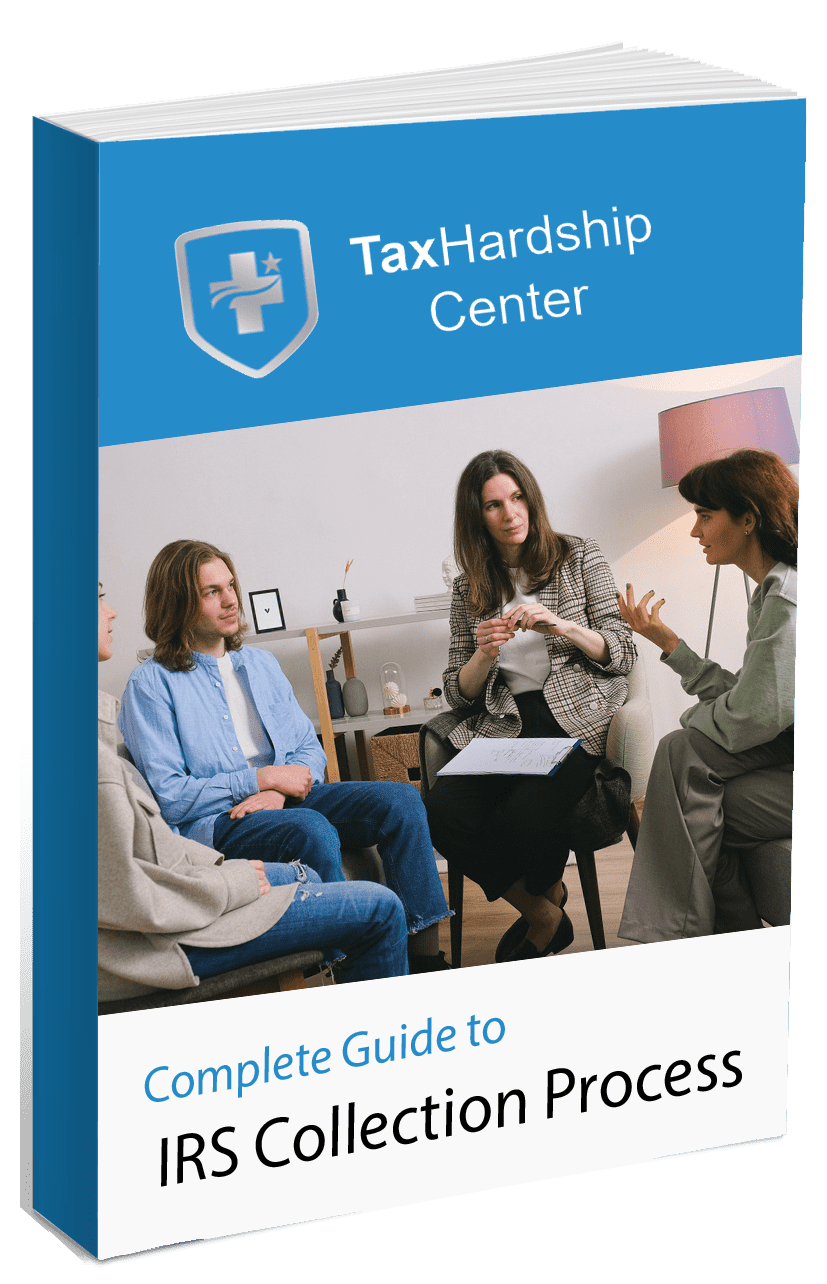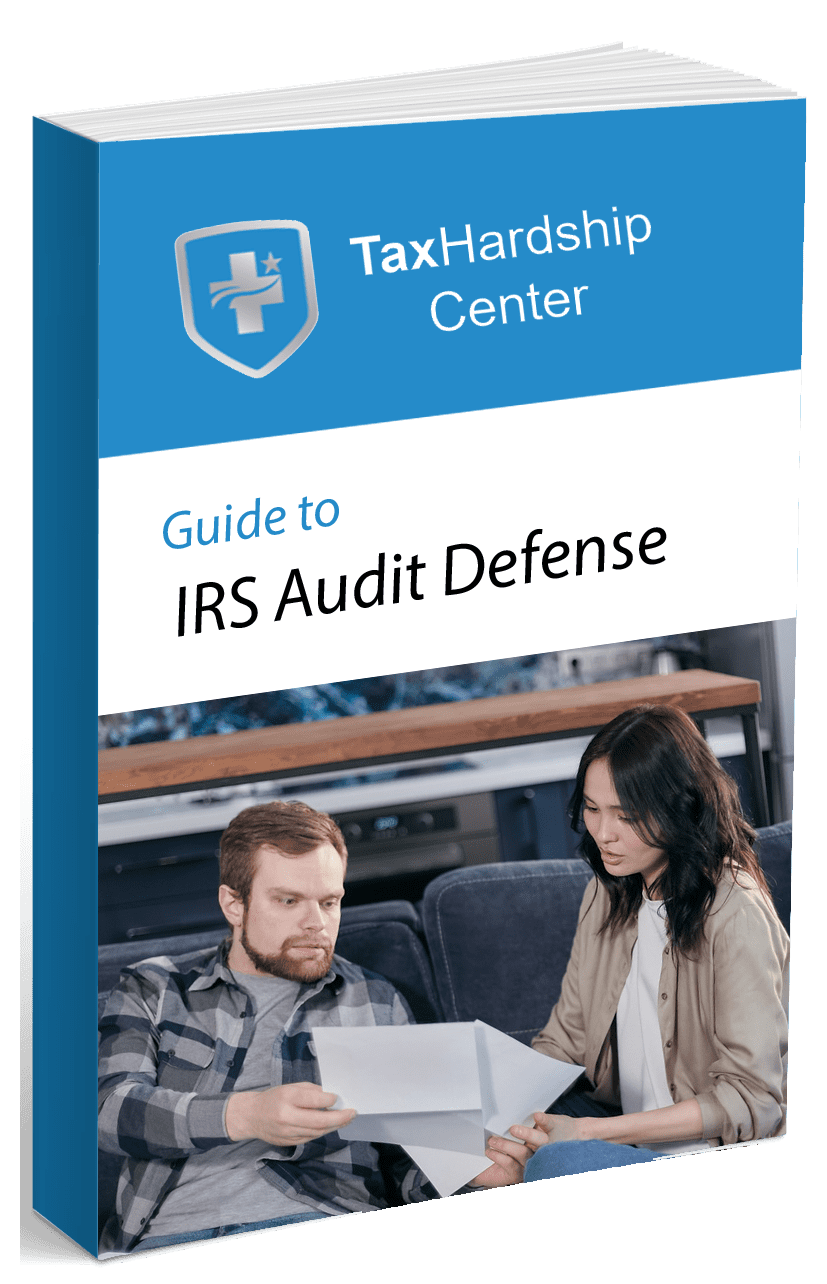Part 2 of our series on California tax levy and garnishment picks up where Part 1 left off. The focus remains on simple, direct guidance that answers common questions and concerns. If you want additional background, refer to Part 1 first. The insights below highlight what you can expect when facing a levy or garnishment notice and how to guard your finances through every stage of the process.
What to Do If You Receive a Levy or Garnishment Notice
Receiving a levy or garnishment notice can feel like a serious jolt. California’s Franchise Tax Board (FTB) has the legal power to seize certain assets or income to satisfy tax debt. Though this might sound daunting, there are steps you can take right away. Understanding what the notice says, asking questions, and considering the right payment or settlement options are all wise moves. Below is a closer look at what you should do when you open that mail.
Reviewing the Notice for Accuracy
Information is vital. The notice should detail your outstanding tax balance, the years or periods involved, and the due dates. Double-check each of these points:
- Account balance: Verify that the amount matches your records. If there’s a discrepancy, look for simple errors, such as a missed credit or an old return that the state never processed.
- Tax year or period: Confirm the notice refers to the correct period. A mismatch might indicate that the files for the wrong year have been attached to your account.
- Dates and deadlines: Write down all stated deadlines. The FTB sets firm timelines, and if you wait too long, you might miss a chance to contest or settle.
Ensure that your name, address, and Social Security number are accurate. Typographical mistakes happen. Report them to the FTB right away. A small error can create complications and delay resolution. Keep in mind that each day you wait can prompt further collection actions.
Contacting the FTB for Clarification
Communication often solves problems faster than sitting idle. If a notice does not make sense or if you disagree with any part of it, call the FTB. Ask for a detailed explanation, and take clear notes of the conversation:
- Document everything: Write down the date, the name of the person you spoke with, and any call reference number.
- Verify outstanding balances: Ask the representative to break down penalties, interest, and principal.
- Confirm next steps: Inquire about your options to pay, dispute, or set up a plan.
An official notice from the state is serious, but you can often address errors or question the calculations. The FTB staff can clarify your file’s status, explain any changes in the law, and detail how your account arrived at its current figure.
Exploring Your Options: Payment Plans and Settlements
Life circumstances vary. The FTB recognizes that some taxpayers cannot pay the full amount on time. Multiple options exist:
- Payment plan (installment agreement): If your balance is too large to settle immediately, the FTB may let you pay in monthly installments. This approach can help you avoid the immediate effects of a levy or garnishment.
- Offer in compromise: This formal agreement lets you settle your tax debt for less than the full amount, but you must meet specific criteria, such as severe financial hardship.
- Short-term extensions: In some situations, the FTB grants extra time. You might skip a formal plan if you can pay a portion now and the rest in a few weeks.
Take these routes seriously, but read all the fine print. A formal arrangement requires steady compliance, including on-time filings for future tax years.
How to Stop or Release a Tax Levy or Garnishment
Levy or garnishment means you lose access to certain funds or a slice of your income until your debt is paid off or resolved. While the FTB has a lot of power to collect, there are ways to pause or stop these actions. You can pay your debt in full, set up an official plan, or show that you can’t handle the garnishment. Below are common ways to remove or lift these orders.
Paying Off the Tax Debt in Full
Paying your debt is the simplest way to halt a levy or garnishment. The FTB then sends a release to your bank or employer. Here’s how you might settle:
- Pay online: The FTB website usually lets you make an electronic payment.
- Pay by mail: You can send a cashier’s check or money order directly to the FTB.
- Pay in person: Some offices allow in-person payments, though you should confirm office hours beforehand.
Before you make any final payment, confirm the full payoff amount. Interest and penalties accumulate until you settle the balance. Once it’s zero, you regain control of your wages or assets.
Setting Up an Installment Agreement
Not everyone can write a check for a large sum right away. That’s why installment agreements exist. By paying your back taxes over time, you may avoid more forceful measures:
- Common requirements: You must generally file all required returns and confirm you can meet monthly payment terms.
- Interest: This agreement still carries interest but protects you from new garnishment action as long as you stay current.
- Approval: The FTB reviews your financial details. If you owe more than a certain threshold, you may need proof of your income, expenses, and assets.
Once approved, the levy or garnishment often lifts. The FTB trusts you to follow the plan. Missing a payment or failing to file future returns might trigger another collection order.
Claiming Financial Hardship
Some people just don’t have the means to pay. California law recognizes that certain living costs must be met. You might qualify for relief if you can prove that a garnishment or levy keeps you from covering basic needs—such as housing, food, or utilities. This process involves submitting:
- Financial statements: Show your pay stubs, bills, and bank statements to prove that the garnishment or levy creates serious hardship.
- Exemptions: Identify any exempt income or assets. Social Security benefits, for example, often have protection under certain conditions.
The FTB may reduce the garnishment amount or lift it entirely for a certain period. You still owe taxes, but the state recognizes that immediate collection might do more harm than good.
Filing for Bankruptcy as a Last Resort
Bankruptcy stops many creditors, including the FTB, from active collections—at least temporarily. However, not all tax debts vanish under bankruptcy. The rules are complicated, so seeking legal advice is wise before taking this step.
- Chapter 7: Some older tax debts might be discharged, but many recent debts remain.
- Chapter 13: You may end up on a payment plan, but interest and penalties might still apply.
Bankruptcy should be a last resort. It can protect you for a time, but you face a long-term hit on your credit report. Always weigh other options first.
How Tax Hardship Center Can Help Resolve California Tax Levies
At Tax Hardship Center, we understand how overwhelming it feels to receive a California tax levy or garnishment notice. These situations often create stress and financial uncertainty, but you don’t have to navigate this alone. Our team specializes in helping individuals and businesses resolve tax issues efficiently, ensuring that you protect your assets while finding a manageable path forward.
A Trusted Ally in Tax Resolution
Our goal is to provide relief for clients facing tax levies, wage garnishments, or liens from the Franchise Tax Board (FTB). With years of experience in tax resolution, we know the ins and outs of California’s tax laws and can guide you through the process step by step. Whether you’re dealing with a sudden bank account freeze or trying to stop wage garnishment, our experts work tirelessly to craft personalized solutions tailored to your financial circumstances.
Customized Solutions for Every Case
No two tax situations are identical, which is why we offer a range of strategies to address levies and garnishments:
- Negotiating installment agreements: If paying the full amount upfront isn’t feasible, we help you set up payment plans that fit your budget.
- Submitting offers in compromise: For those eligible, we negotiate settlements with the FTB, allowing you to pay less than the full amount owed.
- Claiming financial hardship exemptions: If a levy or garnishment creates undue hardship, we work to demonstrate your need for relief and get your case reevaluated.
Proven Expertise with the Franchise Tax Board
Handling tax debt with the FTB can feel intimidating, but we take pride in being your advocate. Our team knows how to communicate with the FTB effectively, ensuring your case is presented clearly and that your rights are protected.
Take the First Step Toward Relief
A tax levy or garnishment doesn’t have to derail your financial stability. By working with the Tax Hardship Center, you’ll have a team committed to helping you resolve your tax challenges and regain control over your finances. Contact us today to discuss your case and learn how we can help you move toward a brighter financial future.
At Tax Hardship Center, your peace of mind is our priority. Let’s tackle your tax issues together.
Protecting Your Rights and Assets
You have rights in the collection process, and there are legal boundaries on what the FTB can and cannot do. The state cannot seize every last dollar, and you have a say in how you pay your back taxes. By knowing your exemptions and how to dispute an incorrect levy, you save yourself stress and extra costs.
Understanding Exemptions from Garnishment
California law excludes certain wages and benefits from garnishment. Even if the state claims you owe a valid tax debt, it generally cannot leave you penniless. Key exemptions include:
- A portion of your wages: Federal and state laws protect enough of your earnings to pay for basic needs. The exact amount depends on your income, household size, and other factors.
- Social Security benefits: Typically not subject to standard tax garnishments, though exceptions might apply for federal tax debts.
- Retirement funds: Pensions and qualified retirement accounts often carry partial protection.
Be prepared to document your income sources and point to laws that protect them. The FTB can and does garnish wages, but it must follow certain limits.
How to Contest an Incorrect Levy or Garnishment
Mistakes happen, and the FTB sometimes levies the wrong account or cites the wrong balance. If you believe an action is incorrect or illegal, you can protest:
- File a protest: Write a formal letter or fill out the required forms that detail why the levy is invalid.
- Include evidence: Attach bank statements, pay stubs, or prior FTB notices that show you do not owe as much as claimed.
- Follow up: Keep calling or sending letters if you don’t hear back within a reasonable time.
Act quickly. Once funds are taken, it can be harder to get them back. Swift action is crucial if you spot an error.
Seeking Professional Help for Tax Resolution
Sometimes you need a guide. Tax attorneys, enrolled agents, and CPAs help clients deal with the FTB. They know state rules and can argue on your behalf. Consider hiring a pro if:
- You owe a large sum: High-dollar cases can have multiple twists.
- There’s a legal dispute: If you think the FTB has acted beyond its power, an attorney can set the record straight.
- Time constraints: If your accounts are already frozen or wages garnished, a pro can often address the issue more swiftly than you can alone.
Fees vary, but the right help might save you from further interest and penalties.
Assets Subject to California Tax Levies
When the FTB moves to collect, it looks at both real and personal property. The state aims to satisfy your debt as fast as possible. Understanding which of your assets is vulnerable helps you plan for the worst and seek solutions before the state takes drastic measures.
What Happens to Your Bank Accounts?
A bank levy allows the FTB to seize the balance in your checking or savings account up to the amount you owe. The process typically follows these steps:
- Notice to the bank: The FTB issues a notice instructing the bank to hold your funds.
- Hold period: The bank places a temporary freeze on the account, usually for 10 days. This gives you time to contest the levy or pay the debt.
- Transfer of funds: If you do not contest or settle by the end of the hold period, the bank sends the levied funds to the FTB.
This can disrupt your ability to pay bills and other necessities. Communicate with the FTB right away if your bank account is frozen.
How Real and Personal Property Are Affected
Beyond bank accounts, the FTB can look to:
- Real estate: A lien can be filed against your house or land. Though the FTB rarely pushes for a forced sale of your home, the lien ensures that if you sell, the state gets its share first.
- Cars and other vehicles: The state may claim value from personal property if the outstanding debt is large.
- Business assets: If you are self-employed or run a small company, the FTB might seek inventory or accounts receivable.
A levy on property can sometimes lead to a forced sale, though this is more likely if you have significant equity and have ignored prior notices.
Recent Changes in California Garnishment Laws
Tax garnishments in California have evolved. Senate Bill 1477 introduced new rules on how garnishments can be enforced and the amount that can be taken from each paycheck. If you’ve been through a levy in the past, you’ll want to check how the latest changes affect you now.
Updates from Senate Bill 1477
Senate Bill 1477 aimed to standardize garnishment practices and ensure fairness:
- New limits: Garnishment thresholds have changed to protect a higher share of earnings for lower-income workers.
- Administrative updates: The bill streamlined how agencies issue garnishment orders, reducing bureaucratic steps and potential confusion.
Because of these rules, certain wage earners might see smaller portions withheld. If you were garnished in the past, your situation might improve under this updated framework.
How New Laws Impact Garnishment Amounts and Procedures
California lawmakers revisit rules each year to reflect the state’s cost of living and other factors. In some cases, garnishment limits get adjusted. Key changes include:
- Protected income: The updated laws consider your income relative to state guidelines, ensuring you keep enough to cover rent, utilities, and everyday costs.
- Employer obligations: The employer must follow strict rules in withholding and forwarding funds. If the employer calculates incorrectly, they could face penalties.
- Due process: The FTB must give you ample notice and give you a chance to challenge the garnishment before it begins.
If you owe or suspect you may owe back taxes, it’s a good idea to keep track of legislative updates. The changes can influence your payment plan options and the size of your garnishment.
Conclusion
A California tax levy or garnishment notice can feel like a major bump in the road, but you have options. By checking notices for accuracy, exploring payment plans, and understanding your rights under recent changes to state law, you take practical steps toward a better outcome. You don’t have to handle every detail alone. Whether you consult a professional or do the research yourself, the FTB allows multiple solutions to satisfy a tax debt.
If you have tax questions or need more in-depth details, look at Part 1 of this blog series for additional background and insights. If you’re looking for a focused approach, consider working with a qualified tax pro who can assist with your case. Each action you take today can protect your assets and stabilize your finances. It’s often about taking smart, timely steps toward resolving your tax obligations on terms you can manage.
Why Tax Hardship Center?
1. Hassle-Free Assistance:
Say goodbye to sleepless nights and endless tax-related stress. At the Tax Hardship Center, we believe in simplifying the complex. Our team of experts is dedicated to guiding you through every step of the process, ensuring that your tax concerns are met with precision and care.
2. 14-Day Money Back Guarantee:
We’re so confident in our ability to ease your tax worries that we offer a 14-day money-back guarantee. If you’re not satisfied with our service for any reason, we’ll gladly refund your investment. Your peace of mind is our top priority!
3. Free Consultation:
Are you curious about how we can transform your tax experience? Book a free consultation now! Our team will assess your situation, answer your questions, and provide free insights tailored to your needs.
4. Nationwide Coverage:
No matter which corner of the United States you call home, the Tax Hardship Center covers you. We proudly serve all 50 states, bringing our expertise to your doorstep. Wherever you are, our commitment to excellence follows.
Conclusion
This guide explains the fundamentals of California tax levies and wage garnishments. It’s not the complete story, though. If you want to learn more about resolving garnishment issues, taking proactive steps, and understanding recent legislative updates, check out Part 2. That follow-up covers fresh details that may affect your approach, and offers added strategies to protect your earnings. Consider chatting with a trusted tax professional or contacting the Franchise Tax Board for personalized guidance. In the meantime, keep track of tax notices, respond when prompted, and explore all available options. Then, head to Part 2 for a deeper dive and more useful tips.
FAQs About California Tax Levy Garnishment
Here are five questions people often ask on search engines when facing a California tax levy or garnishment. Each answer is based on real concerns and actual procedures that the FTB follows.
- Question: Can a California tax levy take all my money?
Answer: The FTB can levy or garnish funds to cover your tax debt, but it cannot leave you without a reasonable amount to live on. Certain laws protect a portion of your wages and exempt specific benefits such as Social Security. - Question: Will the FTB contact my employer before garnishing wages?
Answer: The FTB typically sends a notice of wage garnishment directly to your employer. By the time you find out, your employer may already be withholding a portion of your pay. That’s why it’s crucial to respond to the initial notices from the FTB as soon as they arrive. - Question: What if I never received the levy notice and found out by surprise?
Answer: The FTB mails notices to the address on your most recent tax return or on file with the state. If you moved and did not update your address, you might miss these notices. You can dispute the levy if you can show that the notice was sent to the wrong address or never delivered. - Question: How long does a tax lien stay on my property?
Answer: A tax lien remains until the debt is paid and settled or the statute of limitations for collection expires. However, an active lien can harm your credit and limit your ability to sell or refinance your property. The best approach is to resolve the debt and then request a lien release or withdrawal from the FTB. - Question: Can I settle my tax debt for less than I owe with the FTB? Answer: Yes, the FTB has an Offer in Compromise program that lets some taxpayers settle for less. You must prove that you cannot pay the full amount. However, the approval process is strict, and you must meet specific criteria to qualify.

